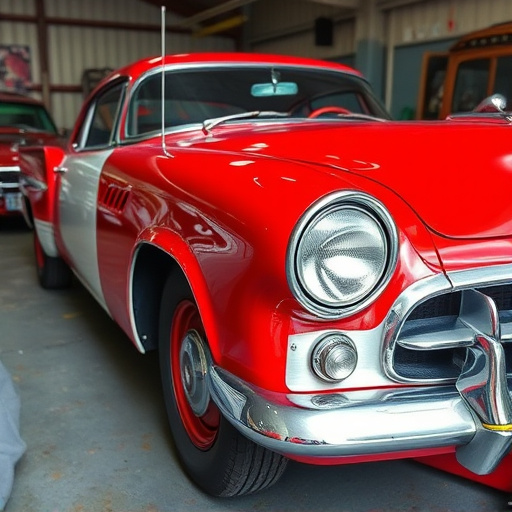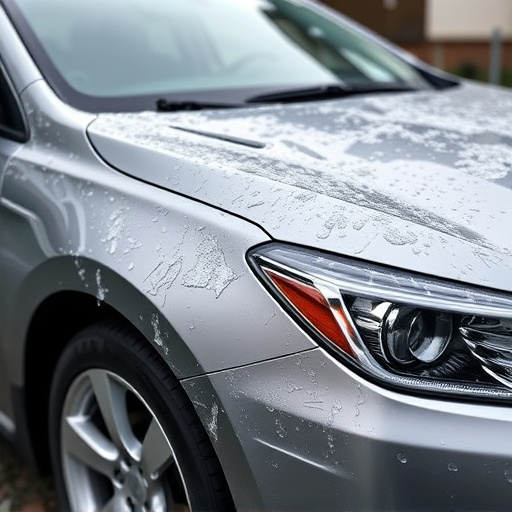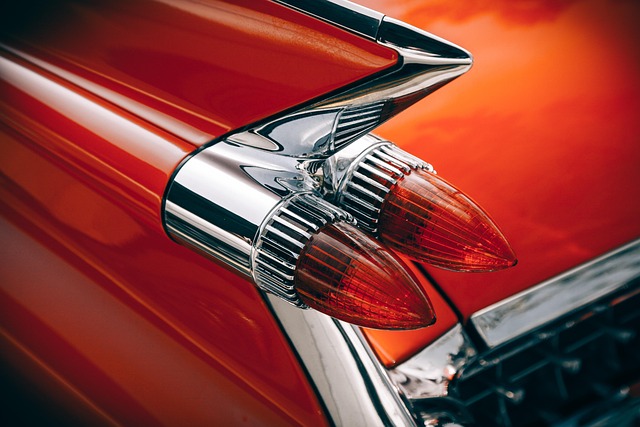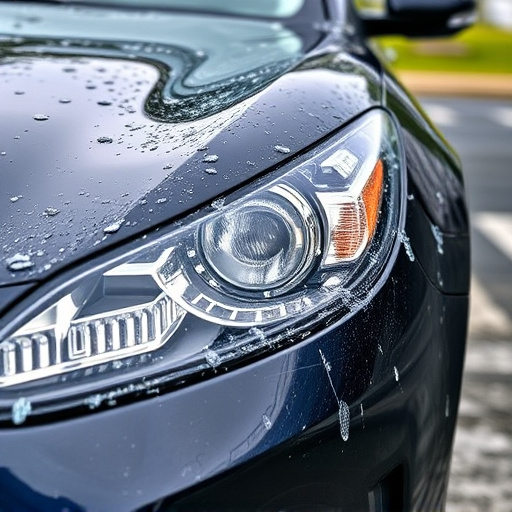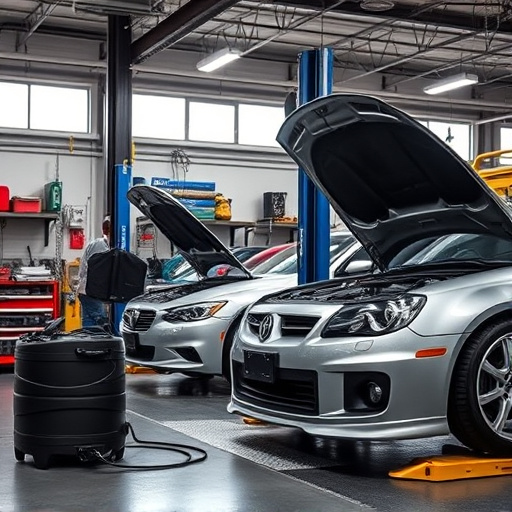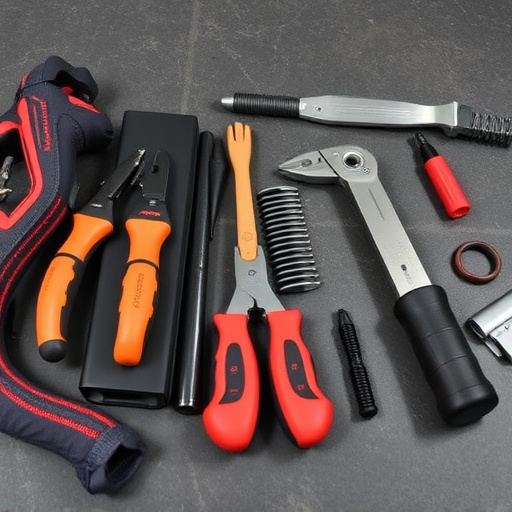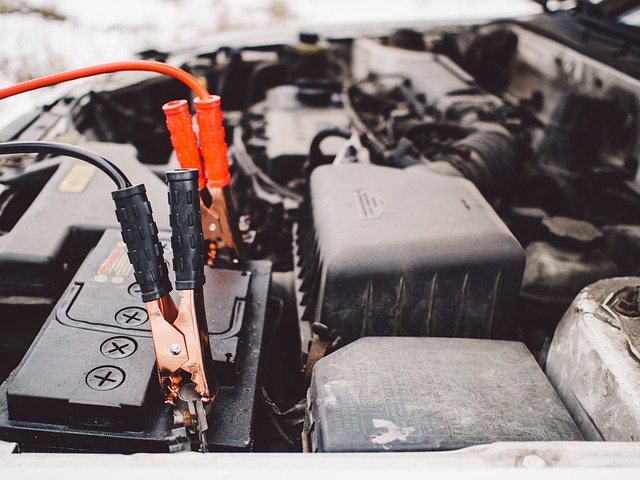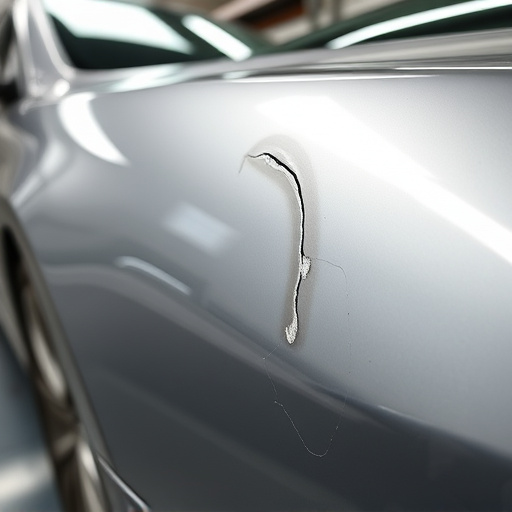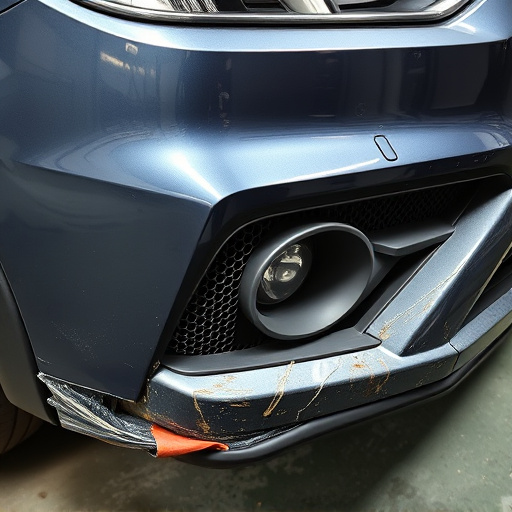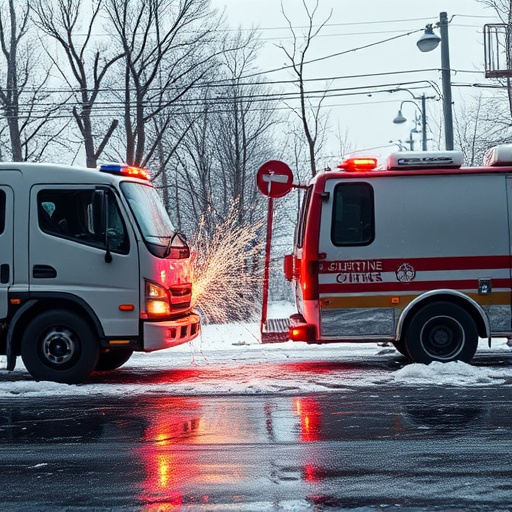Winter conditions create unique challenges for vehicle electronics, leading to increased demand for specialized winter accident repair services. Common issues include cracked windshields, damaged bodies, and corroded metal parts due to de-icing salt. Efficient repairs require thorough checks of advanced driver-assistance systems (ADAS), sensors, and electrical components. Car body shops should invest in advanced tools, training, and model-specific spare parts to handle digital disruptions caused by collisions, ensuring quality, speed, and optimal vehicle functionality post-repair.
In regions where winters are harsh, vehicle electronics face unique challenges. Snow, ice, and subzero temperatures can significantly impact car systems, from sensors to infotainment. This article delves into the intricate relationship between winter conditions and automotive electronics, exploring common winter-related damage and its digital aftereffects. We also offer strategies for effective winter accident repair, ensuring minimal disruption to your vehicle’s sophisticated electronic systems. By understanding these factors, drivers can better prepare for safe and smooth operations during cold seasons.
- The Impact of Winter Conditions on Vehicle Electronics
- Common Winter-Related Car Damage and Its Electronic Aftereffects
- Strategies for Effective Winter Accident Repair and Minimizing Digital Disruptions
The Impact of Winter Conditions on Vehicle Electronics

Winter conditions can significantly impact vehicle electronics, making winter accident repair a critical aspect of automotive maintenance. Snow, ice, and freezing temperatures contribute to various electronic malfunctions. Auto glass repair is often necessary due to cracked or frozen windows, which can hinder visibility and affect sensors. Car body repair may be required for dents, scratches, or structural damage caused by snowy road conditions and accidents.
The cold weather also affects the performance of batteries, leading to reduced power output. Automotive body shops report increased demands during winters for repairs related to electrical systems, such as lights, heating, and power windows. Additionally, salt and sand used for de-icing roads can corrode metal parts and electrical connections, further complicating winter accident repair.
Common Winter-Related Car Damage and Its Electronic Aftereffects

Winter conditions often lead to various types of car damage, which can have long-lasting effects on a vehicle’s electronics. Common winter-related issues include cracked windshields due to extreme cold and icy roads, damaged or dented bodies from collisions with other vehicles or obstacles during slippery conditions, and worn-out brakes caused by frequent use in snowy terrains. These incidents may seem superficial, but they can result in significant electronic aftereffects.
For instance, a collision repair might be necessary after a fender bender on icy streets, leading to misaligned frames and compromised structural integrity. This could potentially affect the proper functioning of sensors, cameras, and other advanced driver-assistance systems (ADAS). Similarly, water infiltration through cracks or dents can short-circuit electrical components, affecting not just the exterior but also interior features like heating, ventilation, and entertainment systems. Thus, efficient winter accident repair involves not just cosmetic fixes but also thorough checks and calibrations to ensure the vehicle’s electronics function optimally after such incidents.
Strategies for Effective Winter Accident Repair and Minimizing Digital Disruptions

Winter accidents can cause significant damage to vehicles, including their sensitive electronic systems. To address these issues effectively, a well-prepared car body shop should have specialized techniques for winter accident repair. This includes access to the latest tools and training for technicians to handle digital disruptions caused by collisions. By minimizing the impact of winter weather on auto maintenance, especially in bumper repair, shops can ensure faster turnaround times without compromising quality.
Strategic planning involves inventorying spare parts specific to various vehicle models, anticipating potential electronic failures, and employing advanced diagnostic tools. A proactive approach means pre-testing repaired components for compatibility with modern car systems before returning the vehicle to its owner. This meticulous process guarantees that the restored vehicle not only looks like new but also functions optimally, ensuring a seamless driving experience despite the challenges of winter conditions.
Winter accidents can cause significant damage to vehicles, including their electronic systems. As we’ve discussed, cold temperatures, ice, and snow can lead to a range of issues from power surges to hardware failure. Effective winter accident repair not only focuses on physical damage but also involves meticulous handling of digital components to minimize disruptions. By employing the right strategies, such as using specialized tools, replacing damaged parts promptly, and ensuring proper reconditioning, technicians can help restore vehicles to their pre-accident condition while preserving the integrity of their electronics. This comprehensive approach to winter accident repair is crucial for both safety and peace of mind on the road.


